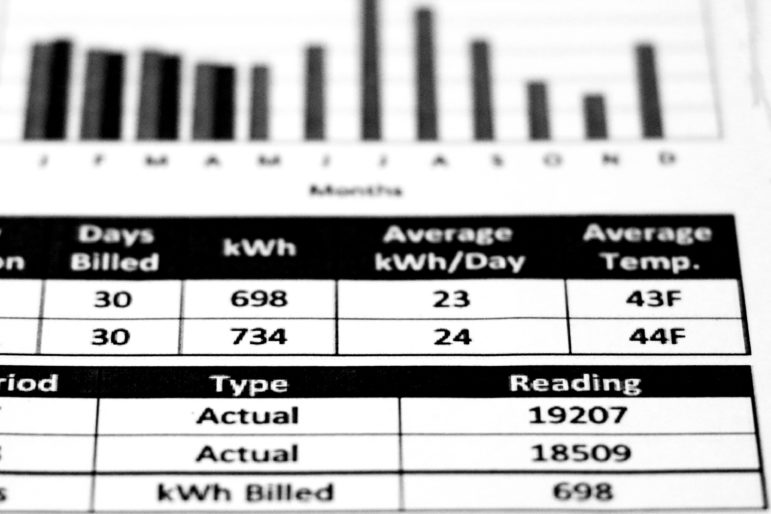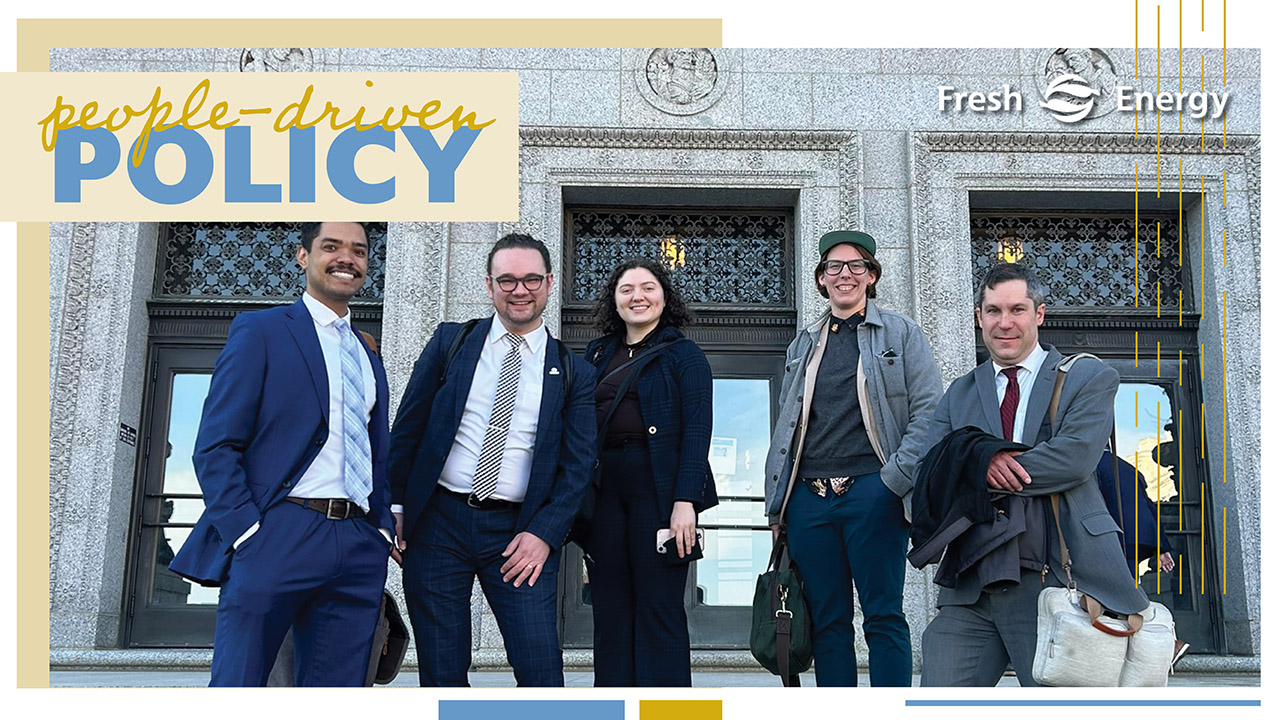
The electric vehicle revolution has arrived. And while many Minnesotans are increasingly aware of the many benefits electric vehicles provide, there’s one major plus that isn’t as widely understood—cheaper electricity bills across the board.
A newly released report by Synapse Energy Economics demonstrates how the emergence of electric vehicles will mean lower electricity bills for all Minnesotans.
The study sought to answer questions many policy makers and public interest groups are asking: Will transportation electrification require expensive new investments in the electric utility grid? Could that impact our electric rates? And what about the benefits of electric cars, including reduced air pollution and better health—will all communities enjoy those perks?
For Minnesota, the answers are quite promising.
Between now and 2030, adding more electric vehicles would reduce electricity rates and bills for all residential electric customers, regardless of whether they drive electric. The key is that transportation electrification makes better use of the existing power grid, increasing energy consumption at times when much of our available energy sits idle—including overnight, when most electric vehicles are tucked away at their charging stations.
What’s more, the benefits increase as the number of electric vehicles on the road increase.
The report shows that if utility regulators adopt smart rate design policies aimed at maximizing off-peak vehicle charging, and electric vehicle adoption continues to grow, residential utility customers in Minnesota could save as much as $71 per year on their electricity bills. If that doesn’t make you want to drive an electric car, consider this: the report shows that in 2020, the cost of owning and operating an electric car in Minnesota will be $5,000-$5,500 less than the cost of owning and operating a comparable gasoline-powered car. For SUVs, the cost savings for going electric is even more—up to $6,200-$7,200. And for buses (school buses and city buses), the savings could be as high as $78,400.
Transportation electrification is accelerating across the country, as more Americans opt for electric vehicles to cut the costs of driving and vehicle maintenance, reduce pollution, and take advantage of the convenience of plugging in at home rather than pumping gas. To continue maximizing these benefits for states like Minnesota, Synapse offers a number of recommendations:
- Adopting time-of-use electricity rates that encourage nighttime (off-peak) charging to minimize grid costs and reduce rates.
- Minimizing grid costs by prioritizing charging infrastructure investments in locations that avoid expensive distribution system upgrades.
- Targeting electric vehicle incentives to the purchasing patterns and needs of low- and moderate- income consumers, like rebates for lower priced, leased, and used vehicles.
- Ensuring that electrification benefits all communities, including those disproportionately impacted by high pollution levels and inequitable mobility, by adopting policies that support electrification of transit and school buses, as well as heavy-duty trucks.
Here in Minnesota, Fresh Energy has been at the forefront of advancing policy outcomes that promote electrification in Minnesota’s transportation sector. Synapse’s work shows that other states could see similar benefits to those projected in Minnesota. Consumer advocates have a new tool to assess vehicle electrification programs and pursue vehicle electrification benefits for all consumers.

